Panama Canal: falling water levels threaten world trade
Drought in what should be the rainy season is leading to an expensive logjam in the vital waterway
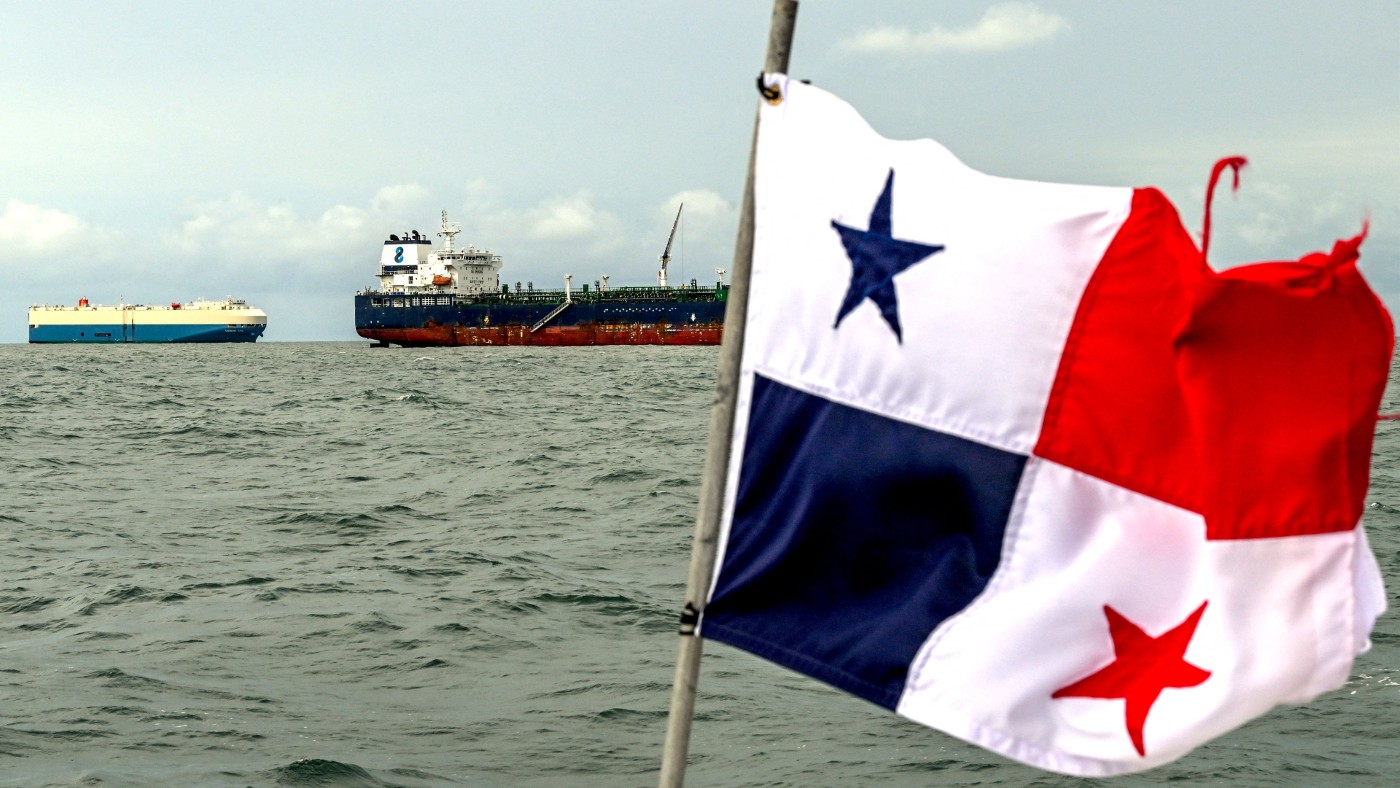
More than 200 vessels are stuck waiting to pass through the Panama Canal, one of the world’s most important shipping routes, because of a dramatic fall in water levels.
The “famed” canal is “now home to the planet’s biggest traffic jam”, which is “threatening to ensnarl the holiday shipping season” and “raising alarm among canal officials”, said ABC News.
The problem has brought back memories of the delays at the Suez Canal in March 2021, when the crucial waterway was blocked for six days when a container ship ran aground.
The Week
Escape your echo chamber. Get the facts behind the news, plus analysis from multiple perspectives.

Sign up for The Week's Free Newsletters
From our morning news briefing to a weekly Good News Newsletter, get the best of The Week delivered directly to your inbox.
From our morning news briefing to a weekly Good News Newsletter, get the best of The Week delivered directly to your inbox.
Why are water levels falling?
The 109-year-old canal “works through a water lock system that moves ships up or down as they make it to the other side”, explained ABC News. As each ship passes through, it takes with it millions of gallons of water that “gets sucked in from nearby lakes”.
This fresh water is vital for the canal to operate and there has always been enough – until now. Canal authorities said a longer dry season and a shorter rainy season this year have combined to create a water shortage.
The “highly unusual drought, right in the middle of Panama’s supposed wet season, has lowered water levels in two reservoirs that supply the canal”, said BBC Future. Operators have had to restrict the size and number of ships that pass through its system of locks each day, as well as the amount of cargo they are allowed to carry. The authorities have limited the number of crossings to about 32 a day instead of around 36.
What does this mean for trade?
Some $270 billion (£210 billion) worth of cargo normally passes along the canal each year on its way to over 170 countries, estimated the Journal of Shipping and Trade, so the stakes are high.
A free daily email with the biggest news stories of the day – and the best features from TheWeek.com
The goods that pass through the bottleneck include furniture, consumer goods or building materials, grain, oil and gas. In our “just-in-time” global economy, the markets trading these products and resources “can’t wait for long”, said the BBC.
The cost of shipping from China to the US Gulf Coast through the canal has “jumped more than a third since the end of June”, said Christine Murray, the Financial Times’ Mexico and Central America correspondent, on the FT News Briefing podcast. Waiting times for tankers carrying liquefied natural gas have increased from eight days to 18 days in “just a few weeks”.
So the delays mean shipping companies “incur more fees” and “the longer these delays go on”, their costs “go up”, said ABC News’ foreign correspondent Matt Rivers. “And as we saw during the pandemic, what happens when companies incur more costs? Do they eat it in the public good? No,” he added. Instead, they “just pass those costs right along to the consumer”.
Shipping companies are paying up to $2.4 million per vessel if they want to beat the “logjam” of carriers waiting to sail through canal, according to one company active in the market.
“You can skip the queue but it’s immensely costly,” Oystein Kalleklev, chief executive of Avance Gas, told Bloomberg. He added that the price has “gone rapidly up” and “when you add the regular fee you’re getting close to $3 million to get your ships through”.
What can be done?
One option being considered to resolve the current issue of low water levels in the Panama Canal, said Murray, is to “build a new reservoir in a different region, which they say could mitigate the water issues until 2075”. “But obviously, it’s a very big project,” she said.
Looking further ahead, the issue has raised questions about whether an alternative route between the Atlantic and Pacific Oceans is needed. The BBC noted that, in the early 1900s before the Panama Canal was built, the US had two options: build a canal across Nicaragua, or through Panama. Although the Senate voted for the Panama option, the idea of a Nicaraguan canal has “never gone away”, it said. However, it would cost more than $40 billion according to estimates and there would “undoubtedly be environmental consequences associated with such a megaproject”.
Writing for Al Jazeera, Belén Fernández said building the Panama Canal in the first place “encapsulated the recklessness and hubris of man’s efforts to dominate nature”.
Panama might prove to be “a microcosm of capitalist self-combustion”, she wrote, but “the potential climate-related demise of a canal that never should have been constructed seems an apt metaphor for an entire system that never should have been”.
Chas Newkey-Burden has been part of The Week Digital team for more than a decade and a journalist for 25 years, starting out on the irreverent football weekly 90 Minutes, before moving to lifestyle magazines Loaded and Attitude. He was a columnist for The Big Issue and landed a world exclusive with David Beckham that became the weekly magazine’s bestselling issue. He now writes regularly for The Guardian, The Telegraph, The Independent, Metro, FourFourTwo and the i new site. He is also the author of a number of non-fiction books.
-
 Farage’s £9m windfall: will it smooth his path to power?
Farage’s £9m windfall: will it smooth his path to power?In Depth The record donation has come amidst rumours of collaboration with the Conservatives and allegations of racism in Farage's school days
-
 The issue dividing Israel: ultra-Orthodox draft dodgers
The issue dividing Israel: ultra-Orthodox draft dodgersIn the Spotlight A new bill has solidified the community’s ‘draft evasion’ stance, with this issue becoming the country’s ‘greatest internal security threat’
-
 Sudoku hard: December 13, 2025
Sudoku hard: December 13, 2025The daily hard sudoku puzzle from The Week
-
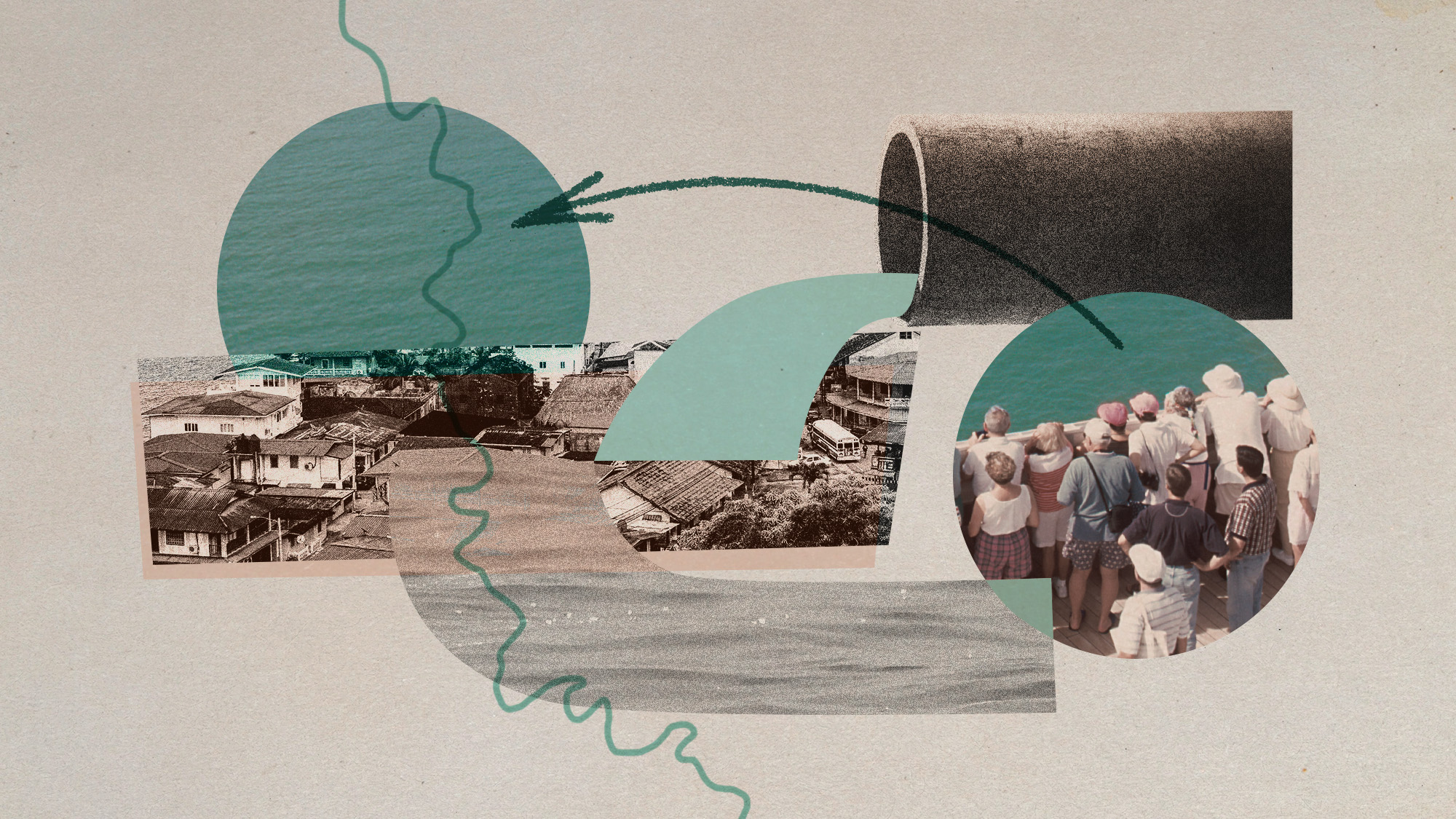 A new dam in the Panama Canal could solve water-level problems but create housing ones
A new dam in the Panama Canal could solve water-level problems but create housing onesUnder the radar Droughts are becoming more common
-
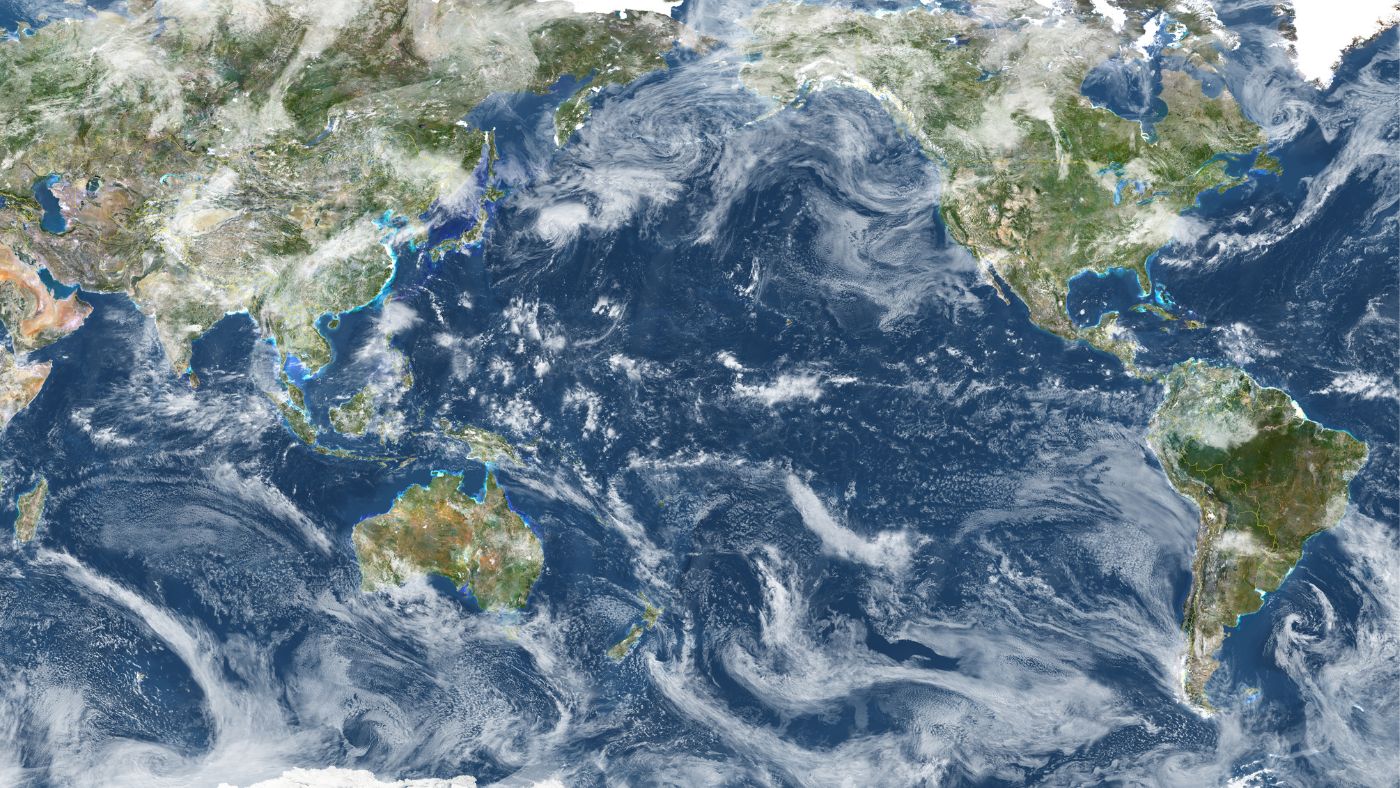 ‘Cold tongue’: what the Pacific Ocean cool patch mystery says about climate change
‘Cold tongue’: what the Pacific Ocean cool patch mystery says about climate changeUnder the Radar One part of the Pacific Ocean is baffling scientists, but the broad trajectory of oceanic temperatures remains clear
-
 The ancient megalodon shark survival myth
The ancient megalodon shark survival mythUnder the Radar Study provides clues to giant predator’s disappearance and debunks social media theories of its survival
-
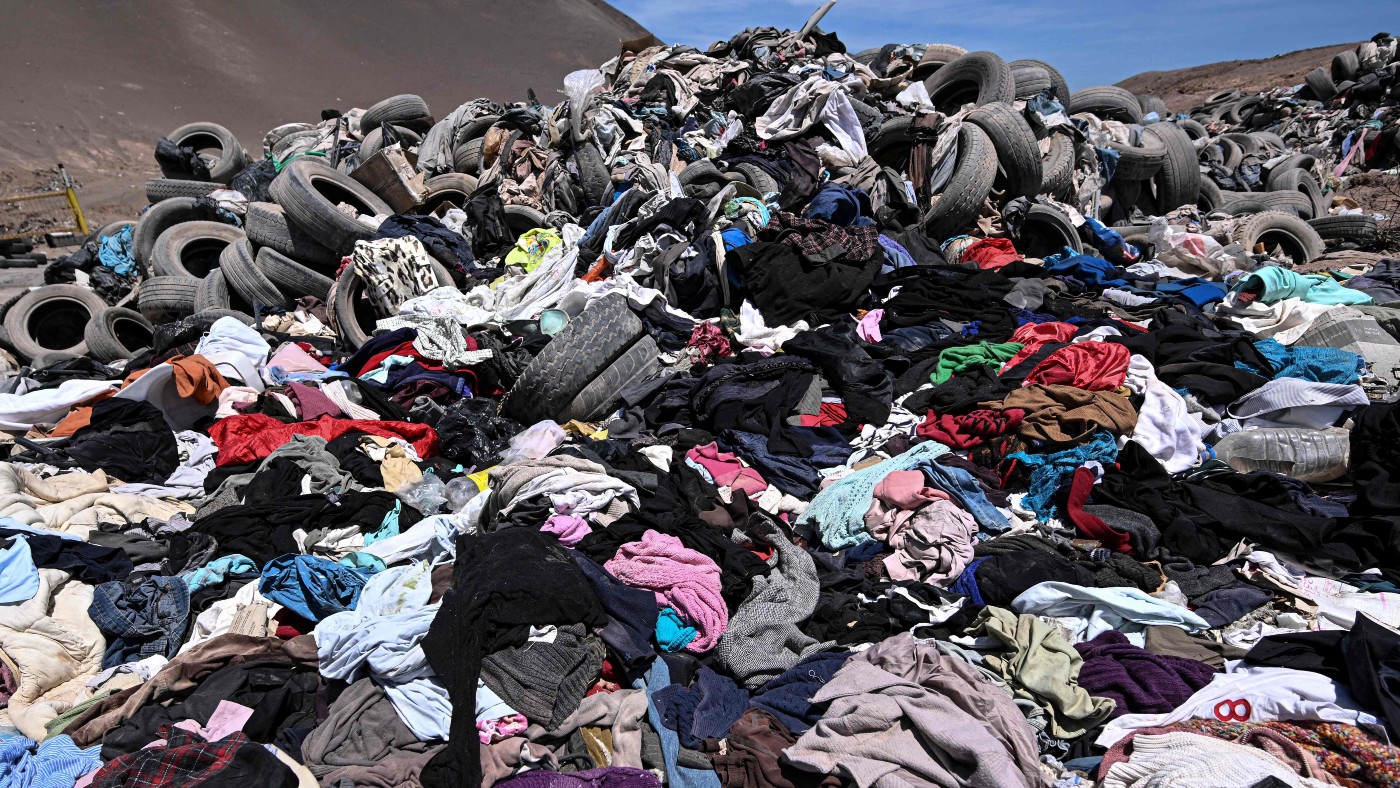 The curious return of fast fashion
The curious return of fast fashionUnder the Radar Rise of Shein shows demand for low-price fashion remains strong despite huge landfill dumps and high global emissions
-
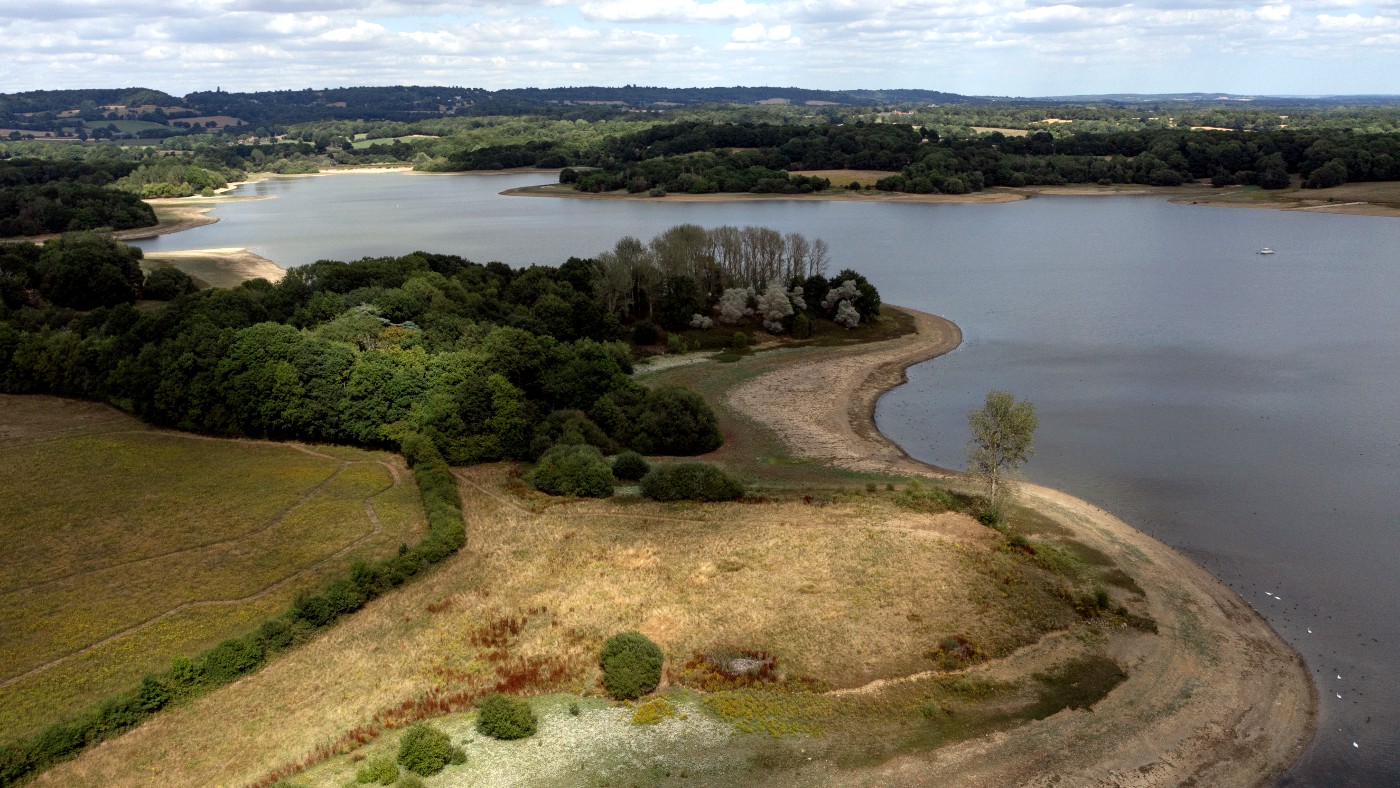 Britain is getting wetter – so why are there hosepipe bans?
Britain is getting wetter – so why are there hosepipe bans?Under the Radar Met Office data shows we have enough water, the problems lie in timing
-
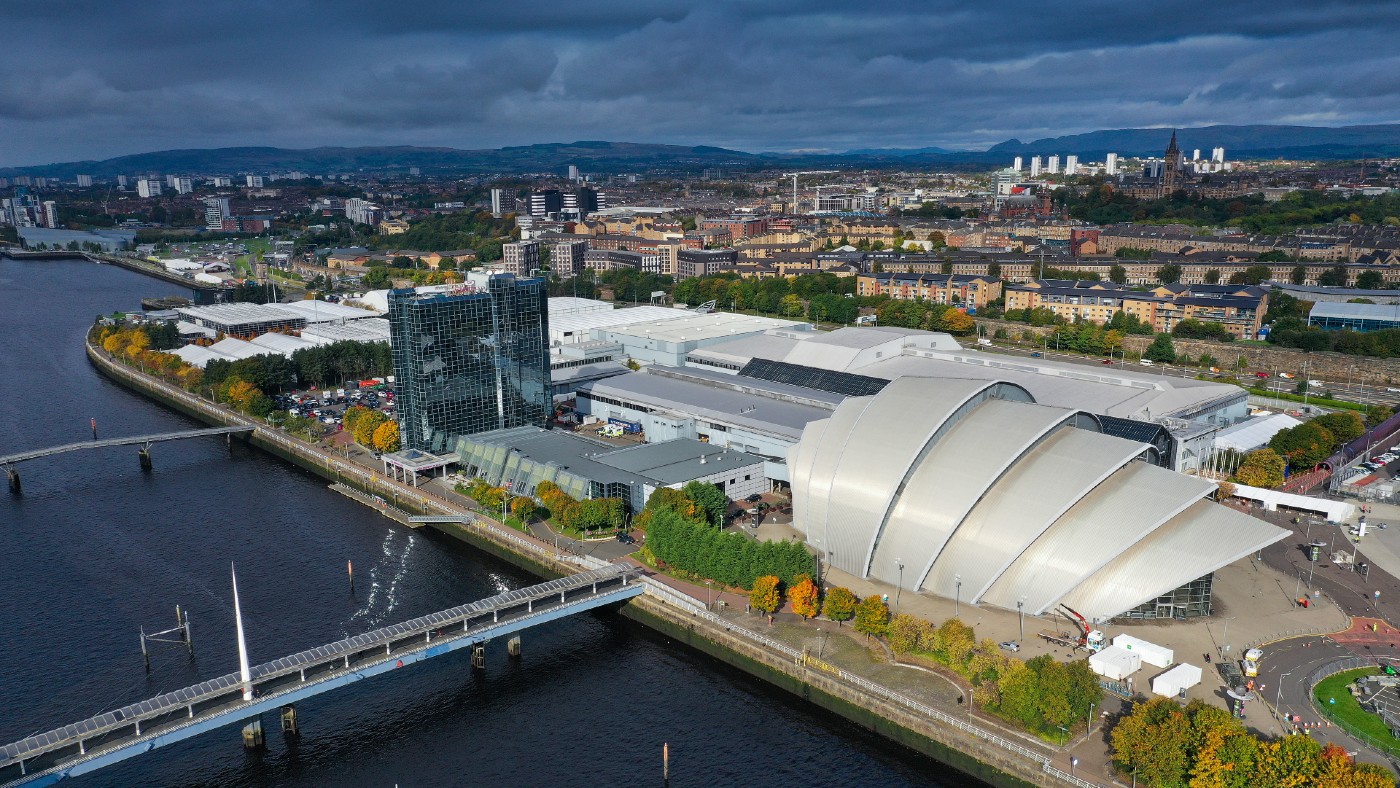 Glasgow’s Cop26 ‘gold rush’: where will all the delegates stay?
Glasgow’s Cop26 ‘gold rush’: where will all the delegates stay?Under the Radar Inflated accommodation prices mean some visitors will travel from Edinburgh